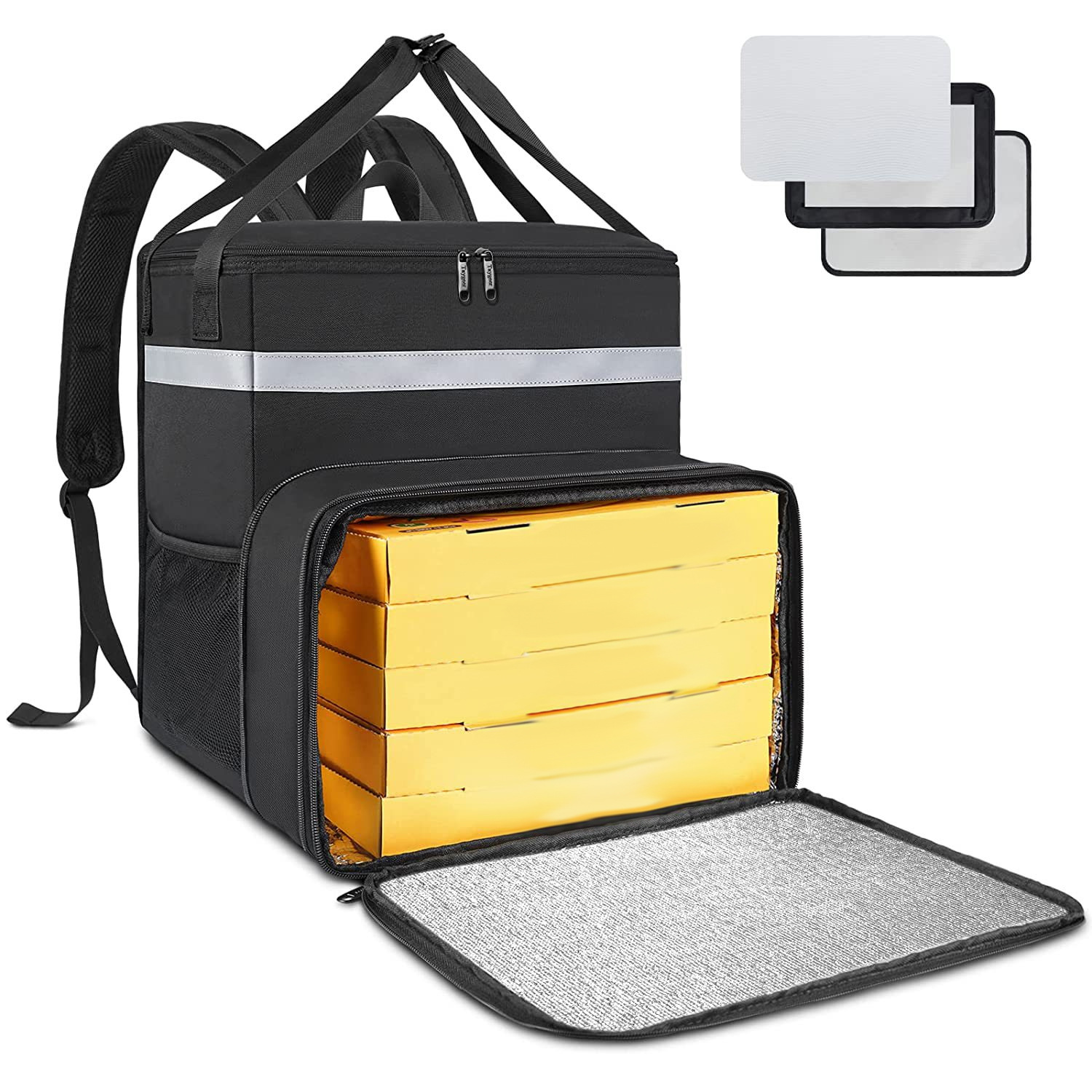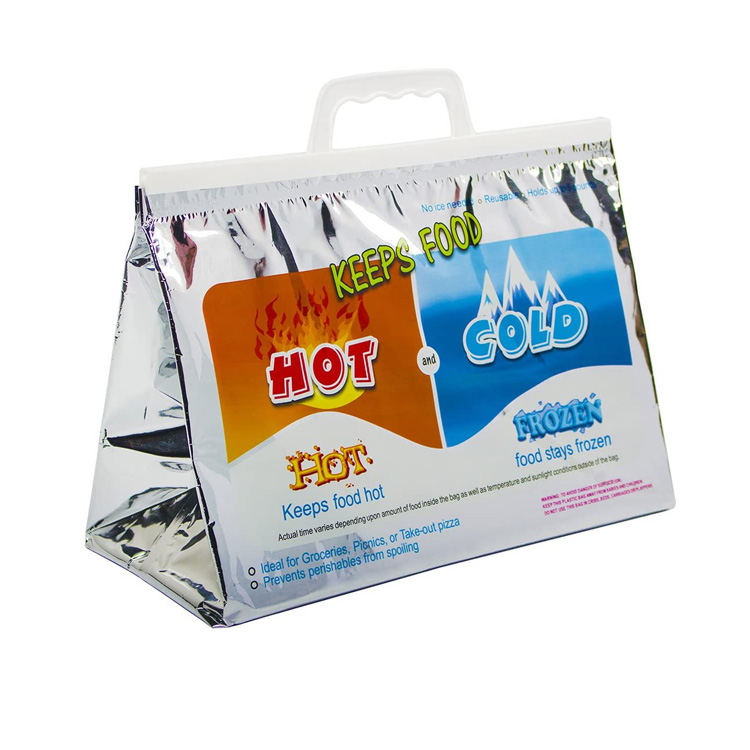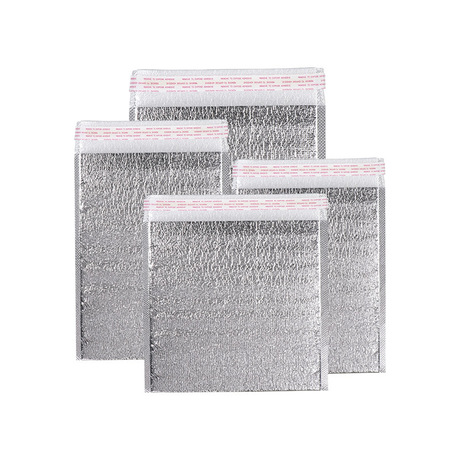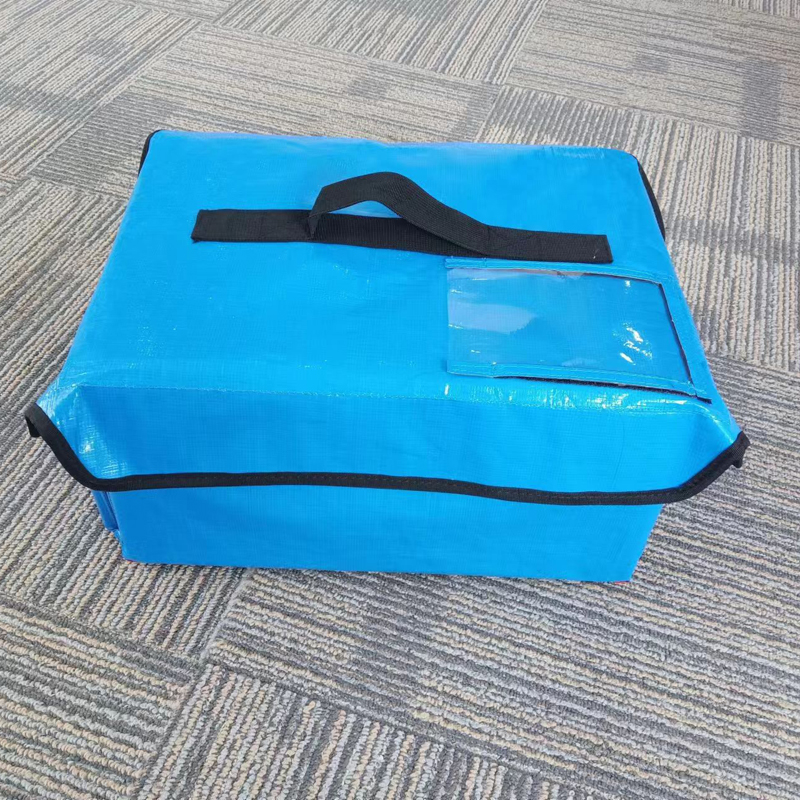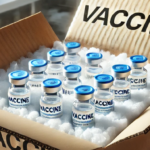Producing a qualified kotak isolasi involves multiple steps, from design and material selection to manufacturing and quality control. The following is the general process for producing high-quality insulation boxes:
1. Design phase:
-Requirement analysis: Firstly, determine the main purpose and target market demand of the insulated box, such as food preservation, pharmaceutical transportation, or camping.
-Thermal performance design: Calculate the required insulation performance, select appropriate materials and structural designs to meet these performance requirements. This may include selecting specific types of insulation materials and box shapes.

2. Material selection:
-Insulating materials: commonly used insulating materials include polystyrene (EPS), polyurethane foam, dll.. These materials have good thermal insulation performance.
-Shell material: Choose durable materials such as high-density polyethylene (HDPE) or metal to ensure that the insulation box can withstand wear and environmental impact during use.
3. Manufacturing process:
-Forming: Using injection molding or blow molding technology to manufacture the inner and outer shells of insulation boxes. These technologies can ensure that the dimensions of the parts are accurate and meet the design specifications.
-Assembly: Fill the insulation material between the inner and outer shells. In some designs, insulation materials may be formed by spraying or pouring into molds to solidify.
-Sealing and reinforcement: Ensure that all joints and connection points are tightly sealed to prevent heat from escaping through the gaps.

4. Surface treatment:
-Coating: To enhance durability and appearance, the outer shell of the insulation box may be coated with a protective layer or decorative coating.
-Identification: Print the brand logo and relevant information, such as insulation performance indicators, usage instructions, dll..
5. Quality control:
-Testing: Conduct a series of tests on the insulation box, including insulation performance testing, durability testing, and safety testing, to ensure that each product meets the established standards.
-Inspection: Conduct random sampling on the production line to ensure the consistency of quality of all products.

6. Packaging and Shipping:
-Packaging: Use appropriate packaging materials to ensure the safety of the product during transportation and prevent damage during transportation.
-Logistics: Arrange appropriate transportation methods according to customer needs to ensure timely delivery of products.
The entire production process requires strict management and high standards of execution to ensure that the quality and performance of the final product meet expectations, compete in the market, and meet consumer needs.







